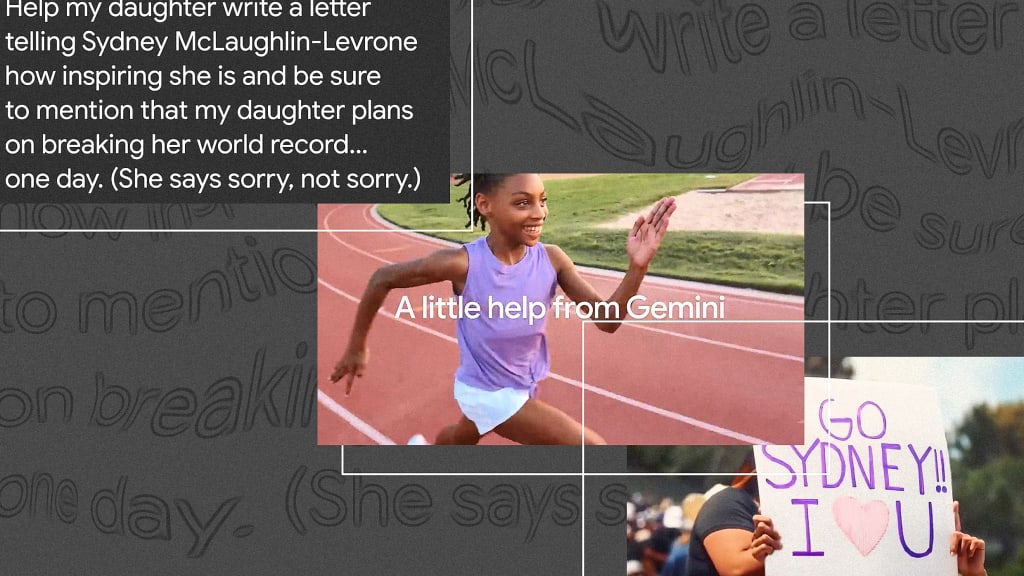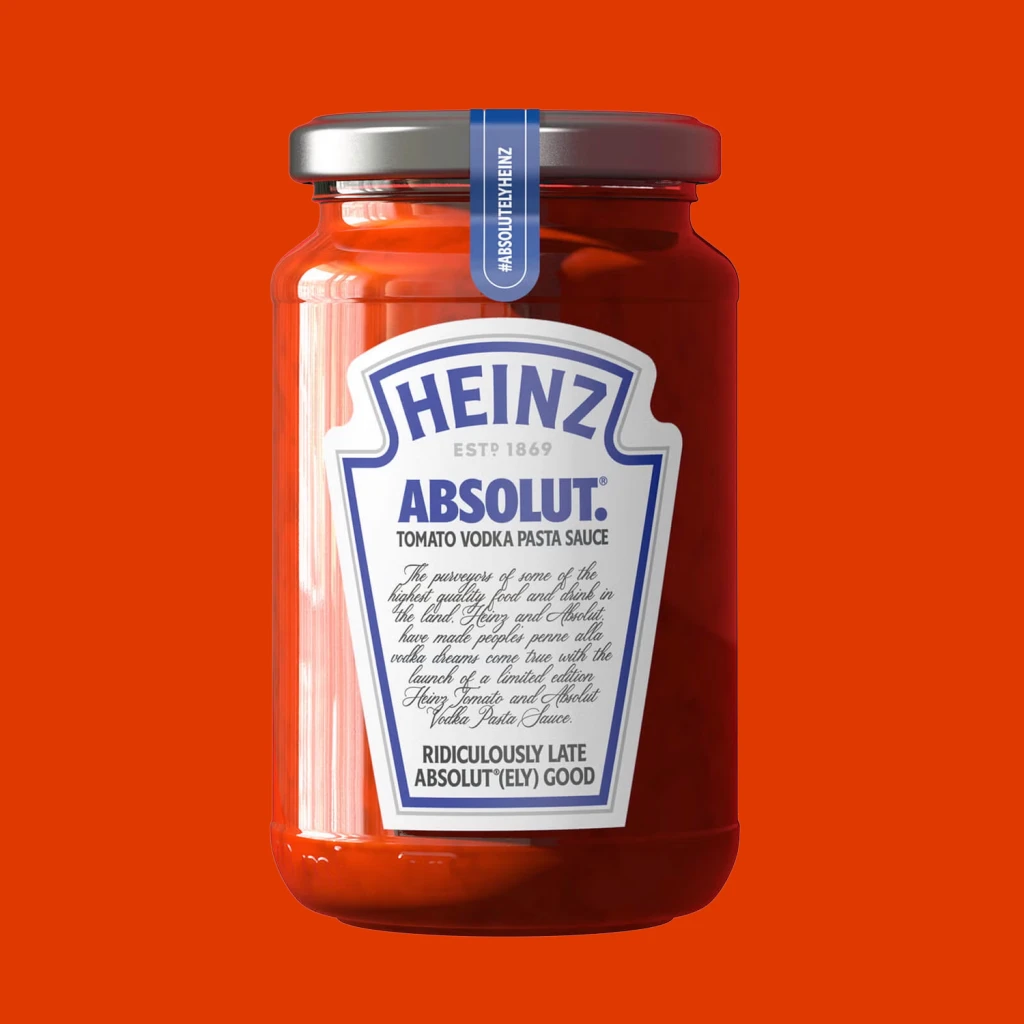The 2024 Paris Olympics are in full swing, and with the Games come plenty of exciting design stories. This week in branding news, we’re taking a look at Google’s new Olympics-themed ad, and a line of art deco animations based on the 22 sports that will be featured at the Paralympics starting later this month. We’re also catching up with Heinz’s latest quirky collab and learning more about Polaroid’s Eames-inspired camera. Here are the latest branding stories on our radar.

The news: Google is airing a new ad for its AI chatbot, Gemini, during the 2024 Paris Olympics, and some are accusing it of stealing childhood joy. The ad, titled “Dear Sydney,” features a dad as he watches his daughter fall in love with running. Along the way, she discovers American hurdler Sydney McLaughlin-Levrone, who becomes her role model. The father then prompts Google Gemini to write the Olympian a note on his daughter’s behalf. Plenty of commenters have panned the ad for suggesting that a child’s heartfelt message should be replaced with the stilted musings of an AI bot.
Big picture: This isn’t the first time in recent memory that Big Tech has missed the mark on advertising a major new product. In May, Apple came under fire for its misguided iPad Pro ad, which showed a variety of creative tools getting ruthlessly crushed to bits in a hydraulic press—ostensibly to illustrate just how many amazing possibilities the new iPad possesses. Viewers rightfully pointed out that the spot felt like a slap in the face to human creativity.
Why it matters: These recent gaffes illustrate that, perhaps due to their insular communities, top tech execs don’t seem to understand how to promote powerful tools like AI. Nobody wants to trade in their guitar for an iPad, or use a chatbot to replace a sweet note from a kid. In fact, most normal people are generally fearful of tech infringing on their personal creativity. Artificial intelligence should be billed as a creative helper rather than a creative co-opter.
The news: This year marks the first time that all 22 of the Paralympic sports will be broadcast on television. To help viewers get up to speed on the adaptations found in each event, the multidisciplinary agency Kreatives called on a team of 11 designers to create a series of explanatory animations for the Games.
Big picture: Each of the 22 animations shows the athlete’s viewpoint in sports ranging from track to soccer and archery. They also pull inspiration from the art deco movement, which was all the rage when Paris last hosted the Olympics in 1924.
Why it matters: This project is a master class in blending functionality with artistry. Beyond just explaining a Paralympic sport, each illustrator used the style of a famous French artist (think Monet, Manet, Seurat) as a jumping-off point. The resulting images are simple enough to understand and beautiful enough to hang in your home.

The news: The marketing team at Heinz never rests. The company just announced that it would bring back its vodka pasta sauce, made in collaboration with Absolut. When the sauce debuted in March 2023, it sold out in three days. Now it’s available at Waitrose stores in the U.K. or online.
Big picture: We’ve said it before and we’ll say it again, it’s a #tomatogirlsummer for any company that’s brave enough to jump on board the fruit-based-aesthetic trend. The tomato motif has already landed on our clothes and bags, and even in our makeup looks this summer, so it only makes sense that we should embrace it on our plates.
Why it matters: Heinz is undoubtedly an example of a company that knows how to run the social media rat race. The brand keeps its audience engaged by constantly churning out surprising new collaborations, jumping on trends, and posting memes before they’re too cringe-worthy. The company has thrown caution to the wind, and it’s working.

The news: Polaroid just announced its new camera—made in collaboration with the Eames Office.
Big picture: The $129.99 Polaroid Now Generation 2 Eames Edition is rendered in an “Elephant Hide Gray” color scheme with a vibrant printed wrist strap, which features Charles and Ray Eames’s iconic Toy print. The camera is loosely based on the Polaroid SX-70, which launched instant cameras into the mainstream and was a personal favorite of the Eameses.
Why it matters: We’ve seen notable artists’ work appear posthumously in some odd brand collaborations over the years (take Keith Haring’s art showing up in countless apparel launches, for example), and it’s easy to get the sense that they’re a bit disingenuous. Here, though, it’s clear that Polaroid did its research and received guidance from Eames Demetrios, the Eameses’ grandson and director of the Eames Office. The final product feels grounded and connected to the Eameses’ own real-life use of Polaroid products for artistic inspiration.